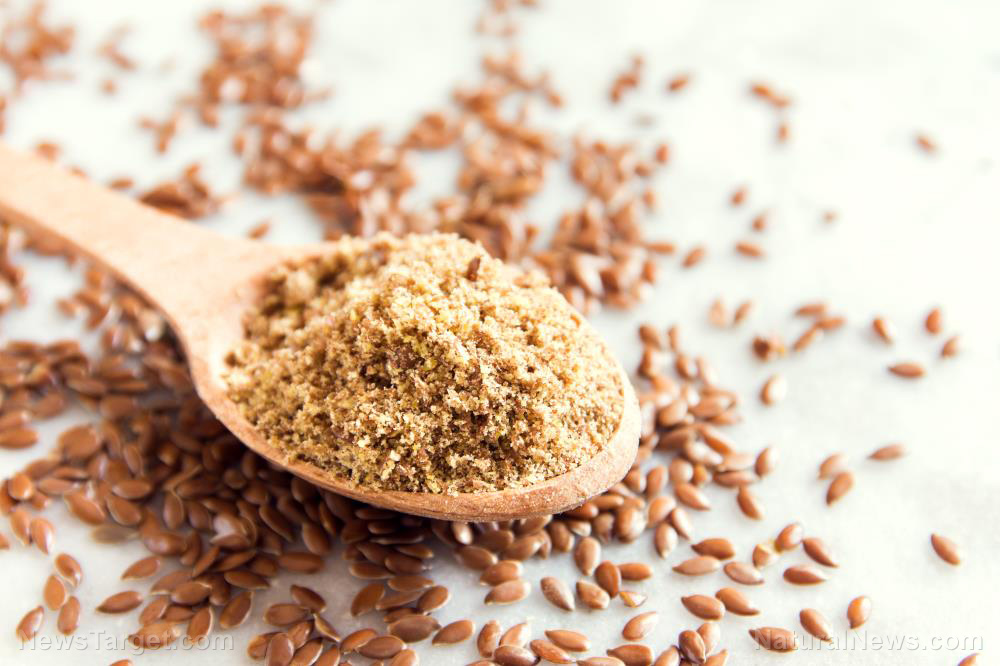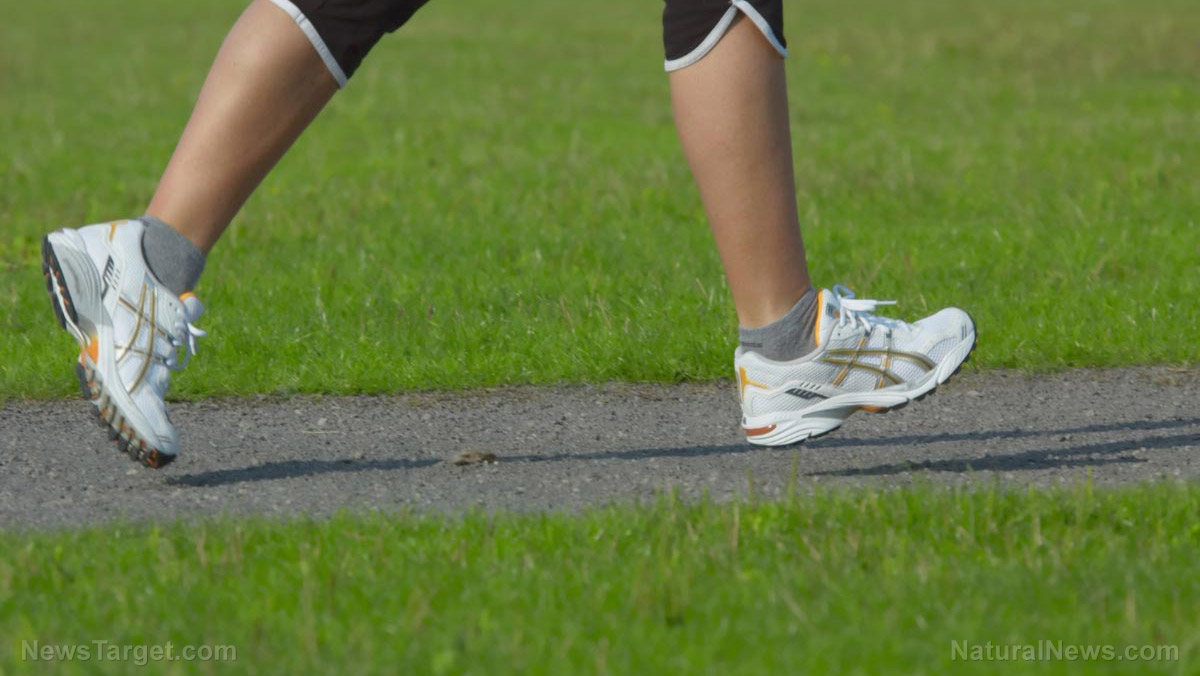Exercise better than medication at controlling Parkinson’s: Athlete manages his condition with running and now has better quality of life
01/22/2018 / By Zoey Sky

According to Matt Dimbylow, a semi-professional footballer, running 25 miles weekly helps him manage his Parkinson’s disease.
Dimbylow shared that “an accidental head injury during a game” in 2003 triggered his Parkinson’s. Following the injury, the former footballer started experiencing “strange symptoms” such as “tiredness, muscle aches and spasms” right after he sustained the injury.
Doctors initially diagnosed him with Lyme disease because he lived close to a forest full of tic-ridden deer, but the tests were inconclusive. In 2007, Dimbylow was diagnosed with a variant of Parkinson’s called extrapyramidal syndrome.
He suffered side effects from his medication such as mood swings and confusion. But Dimbylow claims that he is now “in control” of his condition. He stopped experiencing the symptoms of his Parkinson’s when he started running 18 months ago. (Related: Soothe Parkinson’s disease with nutritional therapy, tai chi and dancing the tango.)
Dimbylow has already represented Great Britain twice at the Paralympics. He was playing semi-pro when he suffered the injury. He shares that the diagnosis was unexpected because he “was so young.” While receiving the diagnosis was hard, Dimbylow shares that exercising kept him strong. He believes that his “intensive regimen” helps him avoid the symptoms of Parkinson’s and be in control of his condition.
Dimbylow started taking medication immediately in an effort to try and control his symptoms and “prevent further degeneration.” When his medication was still on a low dose, the medication worked well but the longer he took it, he eventually had to take stronger doses. He adds that the exercise helped his body stay fit. Ten years later and his doctors are “amazed” at his healthy condition.
Parkinson’s is incurable and it affects 145,000 people in the U.K. and over one million adults in the U.S.
Dimbylow shares that he “suffered from a short temper and struggled to concentrate, because of the medication.” He added that he struggled to control his moods, even he knew it was because of his medication. It even got to the point where if he decided to do something, it had to be done right away, which became “really hard to live with.”
He now runs at least 25 miles weekly. His runs are spread out over at least four days, and this has caused a great change in his health. He’s not able to run as fast as he could before, but it has at least improved “the cognitive side of things.”
Professor David Dexter, deputy director of research at Parkinson’s UK, said, “‘Head injuries do have a significant risk factor for Parkinson’s.” He added, “Muhammad Ali had a form of the disease and it is commonly known that boxers can develop the disease…There is strong evidence that people who suffer repeated head trauma can develop the disease later on in life or trauma to the head can act as trigger for those who are already high risk and cause them to experience symptoms earlier.”
Dexter noted that more individuals with Parkinson’s disease are resorting to exercise as treatment. It was not initially recognized as an effective treatment, but he admits that studies have proven its benefits like “increasing the protein in the brain to prevent further decline.”
Dexter comments that this is good news, especially for people in the early stages of the disorder, “before movement is affected too much.” Patients in the later stages can also benefit from exercise since “as much movement as possible is important.” He concluded, “Anyone with Parkinson’s who would is considering making any changes to their medication or treatment should discuss how to do it safely with their doctors.”
Natural remedies for Parkinson’s
Aside from staying active, here are other natural remedies for Parkinson’s:
- Brahmi — Brahmi, or Bacopa, is an Ayurvedic herb often used in the U.S. as water plants in aquariums. Brahmi may improve circulation to the brain and even protect brain cells.
- Turmeric — Curcumin, a compound of turmeric, can help fight Parkinson’s disease by “disrupting proteins responsible for the disease” and preventing these proteins from accumulating.
- Cowhage — A popular herb in India, cowhage, or kapikachu, can be found in bushes of lowland forests all over the country. The herb drew the attention of the University of Maryland Medical Center. Researchers believe that cowhage could perform better than L-dopa administered as a drug against Parkinson’s disease because it contains levodopa or L-dopa.
You can read more articles about herbs and other natural cures at Healing.news.
Sources include:
Tagged Under: alternative medicine, alternative treatments, exercise, fitness, mental health, Parkinson's Disease, Parkinsons, prevention
RECENT NEWS & ARTICLES
COPYRIGHT © 2017 MENS FITNESS FOCUS



















